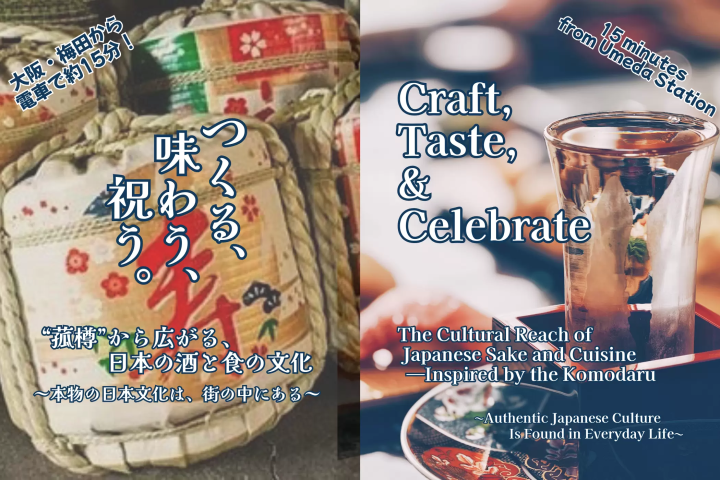Japanese Massage in Tokyo: Prices, Best Spas, and Tips

Find the best massage facility in Tokyo for your needs: stiff shoulders, relaxation, beauty, and more. Learn about prices, procedures, English support, and other tips.
Choose a Massage Facility in Tokyo Based on Your Needs
Tokyo offers a diverse array of massage salons featuring various types and techniques.
If you're looking for relief from muscle tension and fatigue, we recommend visiting a chiropractic massage clinic like Wabitai or a Shiatsu massage clinic like Waho-An Nature Tokyo.
For beauty and wellness treatments that combine massage with oil therapy and aromatherapy, consider a relaxation salon like WASPA or a Thai massage establishment.
Where to Get a Massage in Tokyo
Below, we've compiled a list of highly-rated massage facilities in Tokyo that have English-speaking staff.
1. ERAWAN Thai Traditional Massage & Bodyworks
Erawan Thai Traditional Massage & Bodyworks offers Thai traditional massage aimed at releasing tension in the body and restoring internal balance. They boast a team of bilingual therapists with years of experience in Japan and Thailand.
Erawan was established in 2024 in Roppongi and now has four stores in Tokyo, including Asakusa and Akasaka. Their stores offer a refined space reminiscent of Southeast Asian resorts.
Thai traditional massage focuses on the body's energy lines, using hands, feet, and elbows to apply pressure and gently stretch the body, promoting deep relaxation. This method is ideal for busy modern individuals, as it alleviates not only physical tension but also mental stress.
Some of the popular courses offered by Erawan are the Stress Relief Course (150 min, 19,800 yen), the Jet Lag Cure Course (180 min, 24,200 yen), and the Complete Thai Healing Course (240 min, 31,300 yen). They also offer massage therapy courses for couples.
ERAWAN Roppongi
Location: Map
Business hours: 12:00 - 23:30
Website: https://jp.erawan.jp/en
2. WASPA: Beauty Treatments and Massage with Japanese Ingredients
WASPA is an award-winning spa facility located in Tokyo's Ginza district. They specialize in beauty treatments and massage techniques that use Japanese materials and ingredients such as bamboo, lava stones from Mt Fuji, and tea seed oil from the Izu Islands.
WASPA has been highly rated by clients from abroad and has a user-friendly English website.
Popular massage techniques at WASPA include ZEN, which combines a full-body massage using green bamboo with a facial treatment, and ON, a hot stone massage that utilizes basalt lava stones from Mt. Fuji and helps relax muscle tension.
For reference, the WASPA Combination Package, which includes a full-body massage (90 minutes) and a facial treatment (60 minutes) of your choice, costs 52,800 yen. A body-only or facial-only treatment (90 minutes each) costs 32,450 yen.
WASPA
Location: Map
Business hours: Monday to Friday 11:00 - 20:00, Weekends and national holidays 10:00 - 19:00
Website: https://www.wa-spa.jp/en/
3. SORA Signature Massage Salon: For Deep Tissue Massage
SORA Signature Massage Salon is a chain of massage salons that specialize in Deep Tissue Massage combined with original techniques that stimulate the body’s self-healing abilities.
Deep Tissue Massage is a technique that employs slow, deep pressure to alleviate stiffness in the body’s deep tissues. It is recommended for those who deal with fatigue, muscle tension, and stiffness.
The treatment menu at SORA includes oil therapy, foot reflexology, eye strain therapy, internal detox treatments, and others.
SORA Signature Massage Salon - Shibuya Branch
Location: Map
Business hours: 10:00 - 23:00
Website: https://sora-massage.com/en/
4. Waho-An Nature Tokyo: Shiatsu Massage and Japanese Herbs
Waho-An Nature Tokyo is a Japanese massage salon with a holistic approach that combines Shiatsu massage with the healing power of Japanese herbs.
In Shiatsu massage, therapists use their fingers, palms, and elbows to exert pressure on specific parts of the body known as the body's meridians, aiming to release blocked energy, called "ki" in Japanese. This type of massage provides stress relief, improved circulation, and alleviation of muscular tension and pain.
Waho-An offers chiropractic treatments, reflexology, lymphatic drainage massage, and aroma treatments. For reference, a 60-minute chiropractic treatment that includes Shiatsu techniques costs 8,600 yen.
Waho-An Nature Tokyo
Location: Map
Business hours: 10:00 - 21:00
Website: https://natura-w.com/en/index.html
5. Wabitai: Acupunture and Massage Clinic
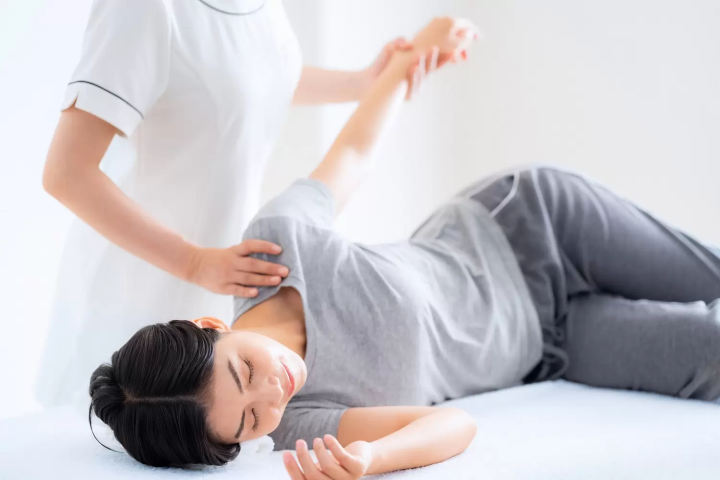
Photo by Pixta
At a chiropractic clinic, you can receive a revitalizing muscle massage to help alleviate fatigue.
Wabitai, situated near Azabu-Juban Station in Tokyo, features government-certified therapists who integrate acupuncture, moxibustion, chiropractic care, massage, and Chinese medicine. This comprehensive approach enhances the body’s natural healing power and helps balance the autonomic nervous system.
The therapists at Wabitai can help you with back pain, knee pain, muscle stiffness, sciatica, joint pain, and others.
For reference, a session of Japanese chiro-massage and acupuncture (60 minutes) costs 17,000 yen. This type of massage helps adjust your alignment and relieve muscle stiffness.
Wabitai
Location: Map
Business hours: 10:00 - 22:00
Website: https://wabi-tai.com/for-english-speaker/
Spa Facilities at Luxury Hotels: For Beauty and Wellness Massage
Tokyo's luxury hotels such as New Otani, Grand Hyatt, and Hotel Chinzanso Tokyo have premium spa facilities that offer beauty treatments and wellness massages.
These facilities can also be used by non-staying guests. They offer a vast line-up of body and facial treatments, as well as relaxation massages, and their services are first-class. This also makes them more expensive than salons in the city. Check their websites for details.
New Otani Tokyo - FORTUNA Spa Treatment
Website: https://fortuna-ichibankan.com/englishinformation/
Grand Hyatt Tokyo - Nagomi Spa and Fitness
Website: https://www.hyatt.com/en-US/spas/Nagomi-Spa-and-Fitness/treatments
Hotel Chinzanso Tokyo - YU, THE SPA
Website: https://hotel-chinzanso-tokyo.com/spa/
Japanese Massage Types and Average Prices
Shiatsu: Recommended for Stiff Shoulders and Muscle Tension
Shiatsu is a Japanese massage therapy that applies pressure to specific points on the body, aiming to release blocked energy, known as "ki." The therapy promotes balance and is believed to offer various benefits, including stress relief, improved circulation, and alleviation of muscular tension and pain.
Sessions typically last 30 to 90 minutes, with clients comfortably dressed and lying on a mat. A 60-minute session of shiatsu massage costs between 5,000 yen and 10,000 yen, although the price varies by facility.
Shiatsu is considered suitable for individuals of all ages and physical conditions, providing a holistic approach to enhance overall well-being by promoting relaxation and restoring the natural flow of energy in the body.
Lymphatic: For Improved Blood Circulation
Lymphatic massage, or lymphatic drainage massage, is a gentle therapeutic technique aimed at stimulating the lymphatic system, essential for immune function and waste removal. This massage uses light, rhythmic strokes and gentle pumping movements to promote the flow of lymphatic fluid, facilitating natural drainage and detoxification.
The primary benefits include reducing swelling, boosting the immune system, enhancing circulation, and aiding recovery from surgery or injury. Lymphatic massage can also help alleviate conditions like lymphedema.
Typically lasting between 30 to 90 minutes, sessions concentrate on areas with high concentrations of lymph nodes, such as the neck, armpits, and groin. A 60-minute session costs between 6,000 yen and 15,000 yen depending on the facility.
While generally safe for many, it is particularly beneficial for individuals recovering from surgery or those with specific medical conditions.
Oil Treatment and Aromatherapy: For Relaxation and Beauty
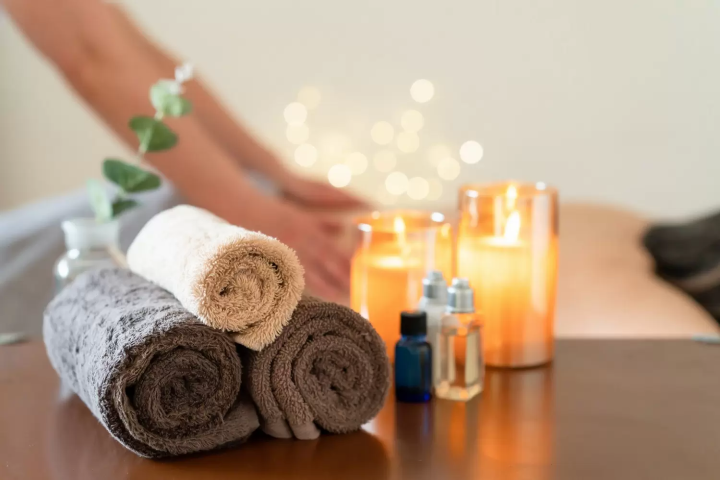
Photo by Pixta
Oil treatment and aromatherapy use essential oils derived from plants for therapeutic benefits. Oil treatment often involves the application of these oils, combined with a carrier oil, during massage to enhance relaxation, alleviate pain, and promote skin health.
Aromatherapy, on the other hand, focuses on the use of essential oils through inhalation or diffusion to improve mental and emotional well-being. The scents of essential oils can influence mood, reduce stress, and promote a sense of calm. Common oils used include lavender for relaxation, eucalyptus for respiratory relief, and tea tree for its antiseptic properties.
Sessions can vary in length and often include a combination of restorative massage techniques and inhalation methods, providing a comprehensive wellness experience that caters to individual needs and preferences.
Hogushi: For Overall Relaxation
Hogushi massage is a traditional Japanese massage technique designed to stimulate circulation and promote relaxation through various manipulation methods. It combines rubbing, kneading, and tapping, primarily using the hands, and may involve tools or the practitioner’s body weight to apply effective pressure.
The benefits of hogushi massage include alleviation of muscle pain and stiffness, improved flexibility, reduced stress, and overall relaxation, making it particularly effective for recovery after physical exertion or injury.
Sessions typically involve the client lying down comfortably while the practitioner employs various techniques, usually lasting between 30 to 60 minutes. A session of hogushi relaxation massage costs between 3,980 yen and 6,000 yen in Tokyo.
Anma: Traditional Japanese Massage - Stimulates Blood Circulation
Anma massage is a traditional Japanese therapeutic technique that promotes relaxation and enhances overall well-being. Anma involves kneading, rubbing, tapping, and stretching, using hands, fingers, palms, and elbows to apply pressure and manipulate muscle tissue.
The primary benefits include improved circulation, reduced muscle tension, stress relief, and increased flexibility.
Sessions usually occur on a mat or futon, with clients dressed in comfortable clothing, lasting from 30 to 90 minutes, focusing on specific areas of discomfort or general body wellness. A 60-minute anma massage session costs between 3,500 yen and 4,000 yen.
Thai Massage: For Relaxation and Flexibility
Thai massage is a traditional healing practice from Thailand, influenced by ancient Indian and Buddhist traditions. It combines acupressure, yoga-like stretching, and meditation to enhance physical and mental well-being.
Thai massage focuses on deep stretches, rhythmic pressing, and the manipulation of energy lines throughout the body. Practitioners use their hands, elbows, knees, and feet to deliver the treatment.
The benefits of Thai massage include improved flexibility, increased circulation, relief from muscle tension, reduced stress, and enhanced energy levels, as well as alleviating headaches and joint pain.
Sessions typically last between 60 to 120 minutes and take place on a mat on the floor, with clients fully clothed in comfortable attire. A 60-minute Thai massage session usually costs between 5,000 yen and 10,000 yen but prices vary depending on how luxurious the facility is and whether they use aromatic oils or other materials.
What to Expect from Japanese Massage: The Procedure
From Shiatsu to Anma, here are the general steps typically involved in a traditional Japanese massage session:
1. Consultation: The session often begins with a consultation where the therapist asks about the client's health history, areas of discomfort, and specific needs.
2. Preparation: Clients usually change into comfortable attire, and the massage area is prepared to create a relaxing environment, often including calming music and dim lighting.
3. Warm-up: Some therapists may start with gentle stretching or light pressure to warm up the muscles and prepare the body for deeper work.
4. Technique Application:
- Pressing: Using fingers, palms, or elbows, the therapist applies pressure to specific points (similar to acupuncture points) along the body's meridians.
- Stretching: Joint and muscle stretching techniques are used to enhance flexibility and relieve tension.
- Kneading: Circular motions and kneading techniques help to relieve muscle tightness and promote relaxation.
5. Focus Areas: The therapist focuses on areas of tension and discomfort, which may involve deeper pressure in these spots.
6. Closing: The session typically ends with lighter strokes to help the client relax and transition back to a resting state.
7. Feedback and Aftercare: After the massage, the therapist may provide feedback and recommendations for self-care, stretching, or follow-up sessions.
These steps can vary based on the type of massage and the individual therapist's style. Many massage practitioners in Japan integrate elements from various traditions, adapting the experience to the client's unique needs.
Please note that unlike Thai massage or beauty care oil treatments, clients will be fully dressed during a Japanese massage session. You will be wearing either your own clothes or a set of comfortable clothes provided by the facility.
Pay at the End - at the Reception
Just like any clinic, Japanese massage salons have a reception. This is where the payments are made at the end of the session.
Tipping is not customary in Japan. You only need to pay the sum shown on your receipt.
Useful Japanese Words for a Massage
The facilities introduced above have English-speaking staff. However, if you need to tell the therapist which area to focus on in Japanese, try to use the following words:
- neck: kubi
- shoulders: kata
- arms: ude
- legs: ashi
- knees: hiza
- lower back: koshi
Erotic Massage Parlors: How to Distinguish Them
Tokyo's erotic massage parlors usually cater to Japanese clients and will refuse non-Japanese speaking foreign customers.
You can identify them by the suggestive signboards, which usually don't display the types of massage offered and prices. These facilities usually don't have a website.
If you're not seeking an erotic massage salon, we recommend checking the facility's website and its treatment menu. If their services are clearly shown in English, it's a sign that you can trust the facility.
Read also
Main image by Pixta
Ramona, English content editor at MATCHA since 2016, has been practicing ikebana flower arrangement (Ikenobo School) and tea ceremony (Omote Senke) since 2012. She arrived in Japan in 2012 as a graduate student with a focus on Japanese literature and performing arts. As a travel editor and writer, Ramona has visited and documented 40 of Japan's prefectures with a focus on art, history, traditional Japanese crafts, and performing arts.
























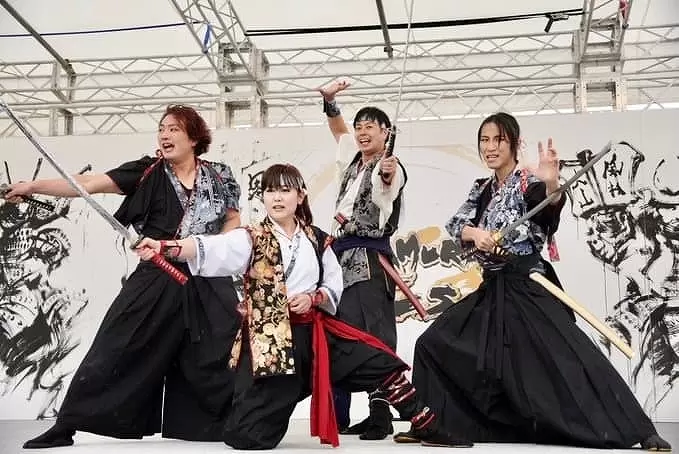
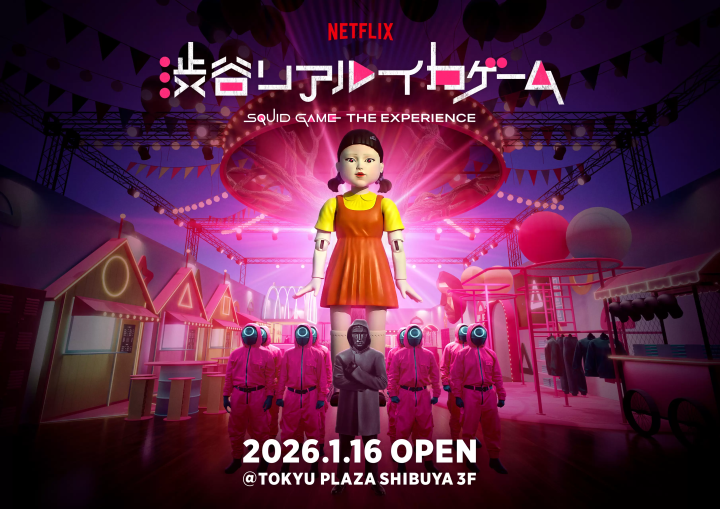

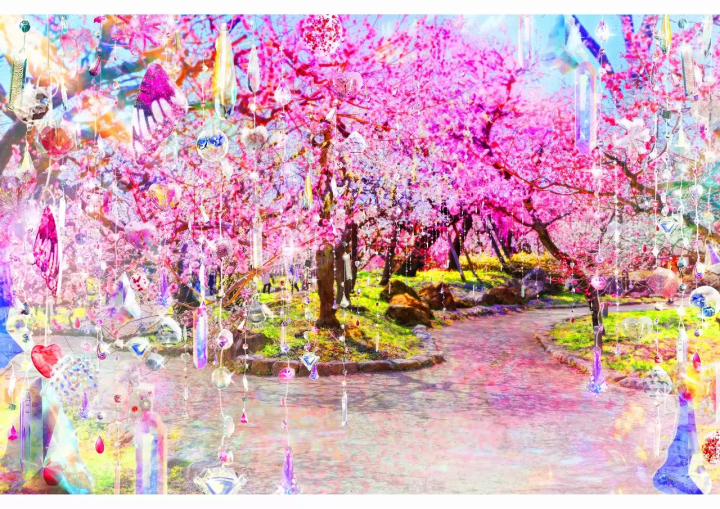
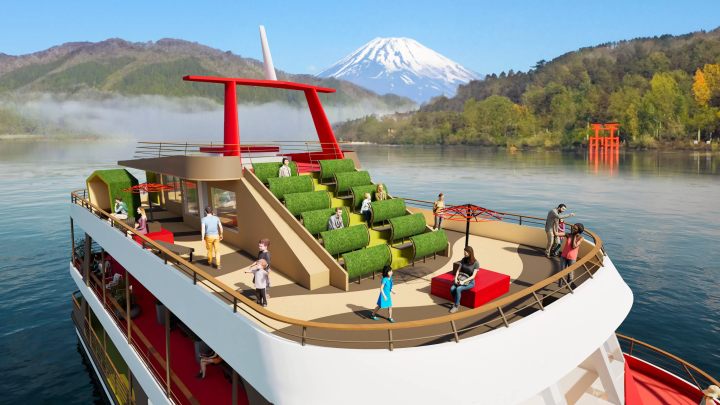







![[Just a short distance from Nagoya] Popular Taiwanese YouTuber Alan tours Aichi, Tokoname!](https://resources.matcha-jp.com/resize/720x2000/2026/01/08-255181.webp)

